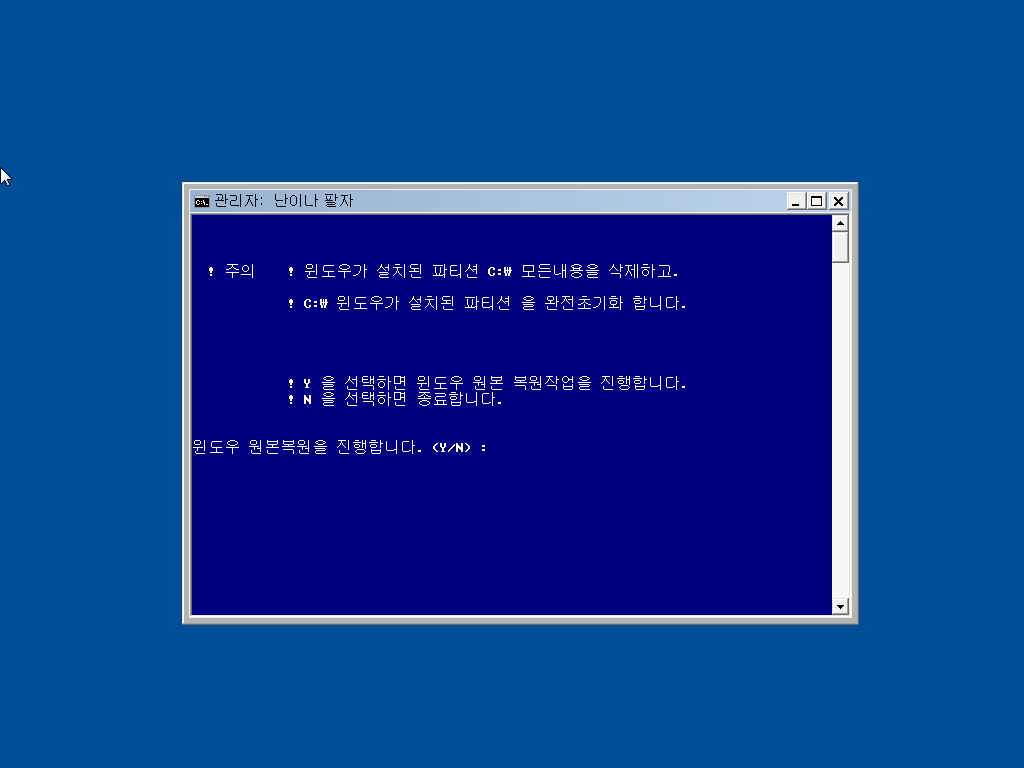
Easybcd torrent windows#
EasyBCD can easily add, remove, modify, repair, and tweak entries in the Windows Vista/7 bootloader. Downloads: 25, Size: MB, License: Shareware.Check and make sure that directory is empty.Free sample of a reflective essay - Oct 28, The default location for these files is: C:\Users\Public\Documents\Hyper-V. Space than you should be? My only guess is that, somehow, you created a virtual machine and it's possible the VHD could be taking up space. I'm not sure what this 30GB is that you keep talking about, but it sure looks like everything on that 120GB SSD is allocated to the C volume.

Regardless of everything else, I think you have all the space you're supposed to. "Disk Management, as you mentioned, indicates a 111.69gb C: drive partition and a 100mb NTFS 'System Reserved' partition - but no visible 30gb Hyper-V partition, as it must be included in the main C: drive area I assume." You had to have disabled it at some point. What other steps did you take in between removing the secondary boot partition and trying to reactivate Hyper-V in Windows 8. I'm not even sure this makes any sense to me.
Easybcd torrent code#
"And now (possibly because I removed the dual startup option with EasyBCD) I can not reactivate the two Hyper-V management options (Hyper-V Management Tools and Hyper-V Module for Windows Powershell) in 'Windows Features' - I get error code 0x80070070,Īlthough the 'Hyper-V Platform' option WILL allow me to select it." However, let's proceedĪs if the dual booting is irrelevant and try to find your space. This is why it sounds to me like you installed another OS (unsure of what) at some point. Utilizing the role you enabled still requires you to boot into Windows 8. Simply enabling the Hyper-V role did not create a dual boot scenario.

Easybcd torrent windows 8#
Last week I used EasyBCD to strike the Hyper-V startup option so it just boots directly into Windows 8 without giving "Once activated, it created a dual-boot option at startup where I could choose to launch into Windows 8 or Hyper-V. These VM's can sit on your C drive and don't require (or prompt you for) another Where were you asked to allocate any space after you enabled the Hyper-V role? Enabling the role simply gives you access to use Hyper-V to host virtual machines.
Easybcd torrent free#
I don't think it deactivated the 30gb partition I alotted it though, as my 120gb SSDĬlaims to have 100mb free space although there is only 70gb of data visable." "I couldn't really figure it out after that so I abandoned my experiment and wanted to return my OS to normal and turned off Hyper-V in 'Windows Features'. However, your first step seems fine, so we'll move on. This is simply something that is a part of the OS. There is no partition created when use turn on the Hyper-V role inside Windows 8. I'm with you here up until you use the word "partition". First I installed Windows 8 (upgrade from 7) and a few months later activated Hyper-V from the 'turn Windows Features on and off' in 'Programs and Features' - the idea was to use the partition of this built

Okay we need to dissect this a little bit at a time as you lost me and I don't know where to start. The 'Hyper-V Platform' option WILL allow me to select it.ĭisk Management, as you mentioned, indicates a 111.69gb C: drive partition and a 100mb NTFS 'System Reserved' partition - but no visible 30gb Hyper-V partition, as it must be included in the main C: drive area I assume. Last week I used EasyBCD to strike the Hyper-V startup option so it just boots directly into Windows 8 without giving me a choiceĪnd now (possibly because I removed the dual startup option with EasyBCD) I can not reactivate the two Hyper-V management options (Hyper-V Management Tools and Hyper-V Module for Windows Powershell) in 'Windows Features' - I get error code 0x80070070, although Once activated, it created a dual-boot option at startup where I could choose to launch into Windows 8 or Hyper-V. SSD claims to have 100mb free space although there is only 70gb of data visable. I don't think it deactivated the 30gb partition I alotted it though, as my 120gb I couldn't really figure it out after that so I abandoned my experiment and wanted to return my OS to normal and turned off Hyper-V in 'Windows Features'. First I installed Windows 8 (upgrade from 7) and a few months later activated Hyper-V from the 'turn Windows Features on and off' in 'Programs and Features' - the idea was to use the partition of this built in feature


 0 kommentar(er)
0 kommentar(er)
